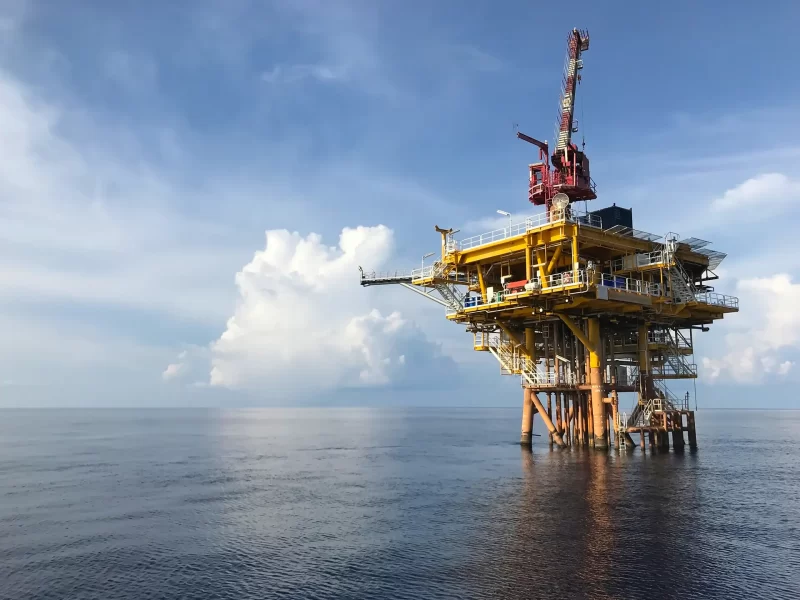
Offshore oil platforms are some of the largest human-made structures in the world. Reaching down to around 30,000 feet, many of these rigs would put the world’s tallest buildings to shame. Furthermore, since many people live and work on these giant platform’s months on and end, oil platforms have garnered the nickname floating cities. We’ll help break down some interesting facts of these massive structures.
The Dynamics of an Offshore Oil Rig
On the inside, these platforms look a lot like ships. The rooms are smalls, and the recreation areas are sparse. There isn’t a lot of free time, given the long working hours.
The platforms are relatively self-sufficient. Crew members produce water and electricity on board.
The oil platform is also only a small component of the structure. There are usually hundreds or thousands of feet of undersea drilling equipment. The tallest in existence is the Petronius platform is almost 600 meters of undersea towering to support the platform. Until 2010, this made it the tallest free-standing structure in the world.
They Need Platform Supply Vessels to Survive
Usually, oil makes its way from the rigs to shore through an undersea pipeline, so there isn’t the need to transport oil from the platform to shore. However, the platforms do need to be frequently replenished with supplies. This encompasses food supplies for humans and operational supplies like drilling instrumentation. That’s the job of platform supply vessels, which are essentially mini short-range flexible cargo ships.
Floating Cities Require a Lot of Planning
Onboard, there are three types of jobs. The production team administers the extraction and processing of oil. Next, the maintenance team oversees making the facilities and equipment in working order while the service team who cook and clean for the rest of the crew.
Oil companies try to minimize the number of people working on board as much as possible. It’s expensive to transport and supply these workers, and their salaries are significantly higher than onshore oil workers. Therefore, most operational decisions are made by management inland, while the workers on the platform are strictly functional. Are you in the market for high-quality drilling instrumentation? Why not reach out to Contact Instruments, a highly trusted supplier of premium process instrumentation in Canada and the United States. Our products include torque gauges & systems, weight indicator systems, and trash pump parts. We’ve got a team of highly experienced technicians to help you with any needs. Contact us for more information.
